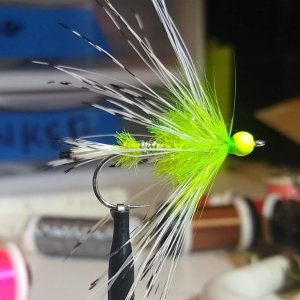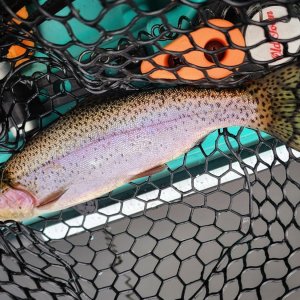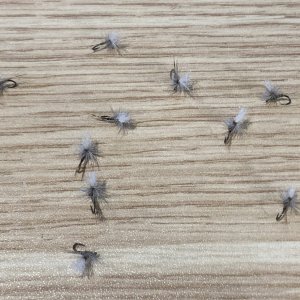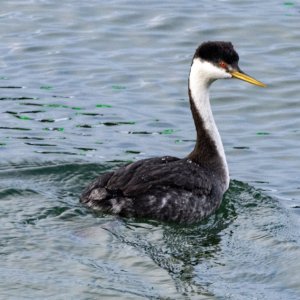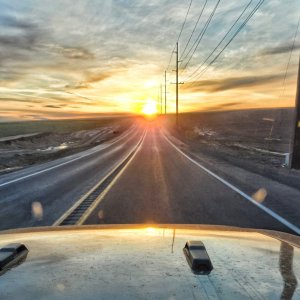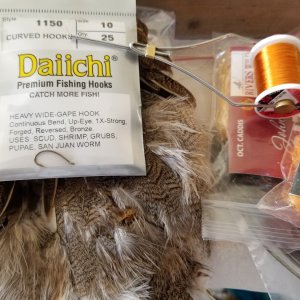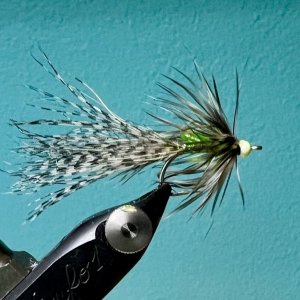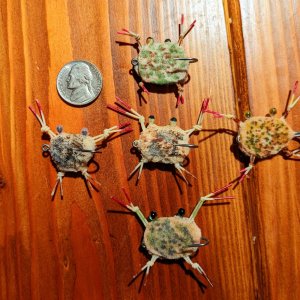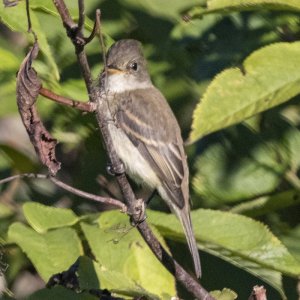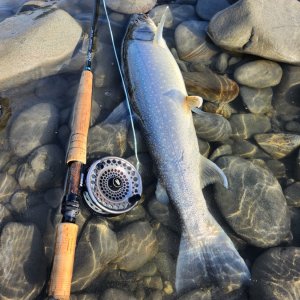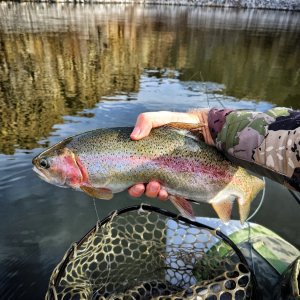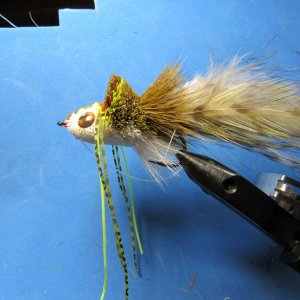Thank you.Irafly has it right, both the stocking and the conditions in the lake have changed. In addition to the physical changes, he referred there has been a significant change in the fish community in the lake. There now in addition to the trout there are fathead minnows, two species of sunfish and yellow perch. With these changes in the lake WDFW has frankly been "chasing their tails" in an attempt to continue to produce at least some sort of a quality experience.
Up until a decade or so ago the Pass was planted with 50,000 rainbow fry (fish of 100/# or about 2.5 inches long) in the spring and 5,000 browns in the fall (fish about 15/# or about 4-to-5-inch fish). With the expanding populations of the sunfish and yellow perch the survival of those fry plant fish declined, and the condition of the carry-over trout declined. WDFW's response was to decrease the planting levels in an effort to maintain the quality/condition of the trout available which worked in a fashion (nice but fewer fish). The 2022 trout planting plan for Pass Lake called for a release of 500 catchable spring rainbows, 7,000 rainbow fry, and 3,000 brown trout. For most the Pass Lake fishing is now a shallow of its former self.
What can be done? I believe looking at the WDFW's trout releases in 3 lakes will give us some insight into that Question. Pass (98 acres), lone (92 acres) and Lenice (94 acres) are productive lakes of a similar size, plagued with populations of competing species and a history of once producing quality fishing. In recent years Lone Lake has been planted with 3,000 catchable trout (a stocking level of 33 fish/acre). On Lenice there are a spring release of 2,250 catchables and a fall release of 3,000 catchables (a total stocking level 5,250 or 56 fish/acre).
Historically the preferred planting strategy relied on fry plants to support the fishery. A strategy that produces a quality fish at a low cost. Unfortunately, as competing species take hold the survival of those drop eventually reaching a point where the survival is so low a decent fishery cannot be supported. The planting of the larger catchable trout bypasses the first year of rearing in the lake providing a high density of fish to support the fishery. The downside such approach is the first-year fish are typically smaller; the hatchery cannot grow the fish as rapidly as a rich productive water and catchable trout are more expensive. Planting a lake with 50,000 fry requires only about 500# of trout. To plant 5,000 catchable trout at 2.5/# requires 2,000#s of trout.
Adopting the Lone or Lenice stocking model for Pass of planting 30 to 50 catchable size per acre (3,000 to 5,000 fish) could be expected to produce fisheries similar to those two lakes. While the fishing on both Lone and Lenice have their critic without question the fishing on Pass would be better than currently. Unfortunately, WDFW in Region do not have the trout to accomplish that stocking regime without taking fish from another lake. Another management strategy that has worked, at least in the short term has been lake rehabilitation with rotenone which also seems unlikely. Not sure how WDFW adjust to the current situation in Pass.
Curt
Now to figure out how to reliably catch those yellow perch and sunfish. For dedicated trout anglers, I can imagine it is truly a shame.
For me, whether something is a weed or a wildflower depends on perspective. I’m just as happy catching a whitefish, panfish, or sculpin as I am a stocked trout.

